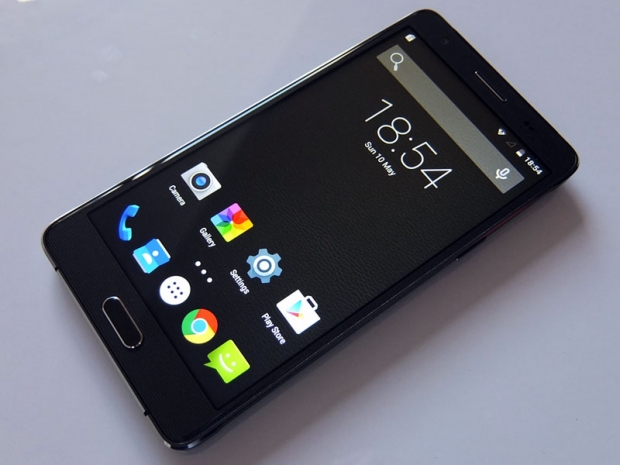Index
Audio, Display and Camera Quality
The M4 features a laminated 5.5-inch IPS display in 1280x720. This amounts to 267ppi, so it’s not quite Retina-class density, but it’s not that far off (the iPhone 6 has a 326ppi display).
What’s more important than sheer numbers is the subjective feeling – and we’re pleased to report it’s good.
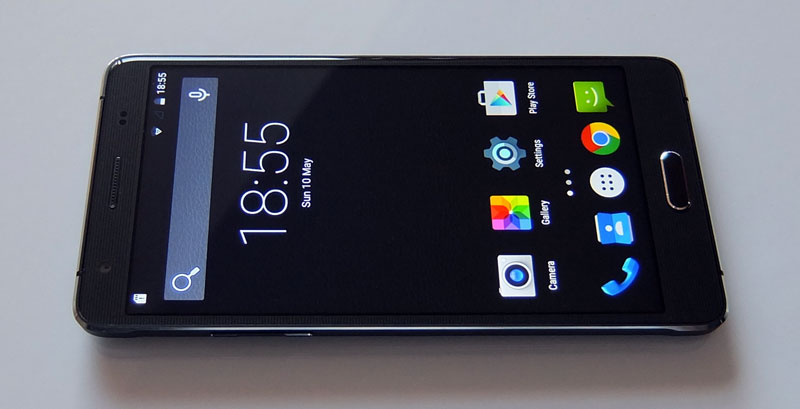
The colours are quite good and there’s a blueish tint, so the whites are on the cool side. It reminds us of AMOLED whites (although it’s an LCD). A few other LCD devices we had on hand displayed warmer tones. There are no colour temperature controls though, just in case you like a warm tint.

Viewing angles are good, so is contrast. Blacks look good too, on par with some pricier 720p and 1080p devices we had a chance to test. The screen is rather reflective, which is an issue in well-lit environments, but it’s no worse than most mid-range devices.
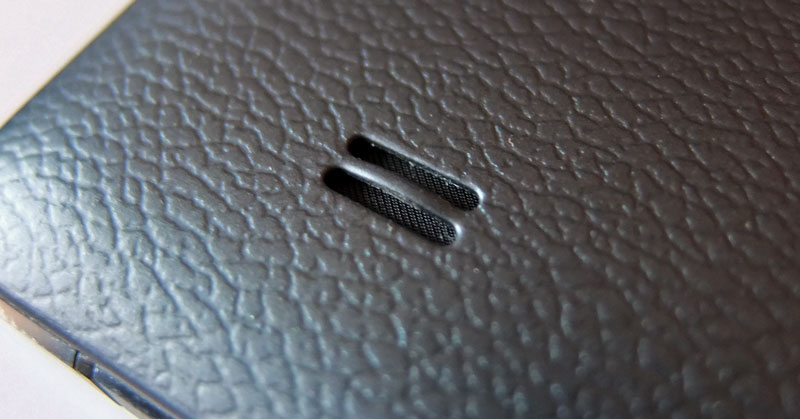
The rear speaker is loud and sufficient for content consumption or hands free calls. As for telephony, there’s no noise-cancelling microphone, but call quality is good.
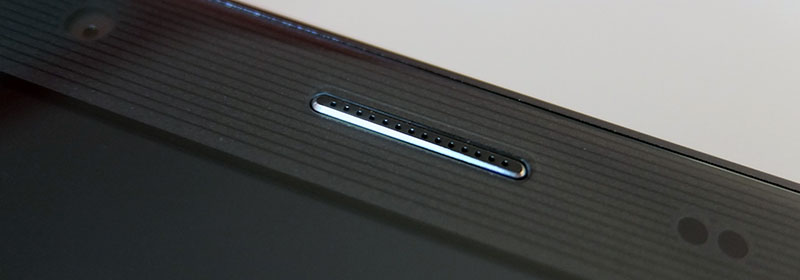
The earpiece is loud and clear, and we didn’t hear any complaints from the other end, either. Not much to say here, it's an average phone.
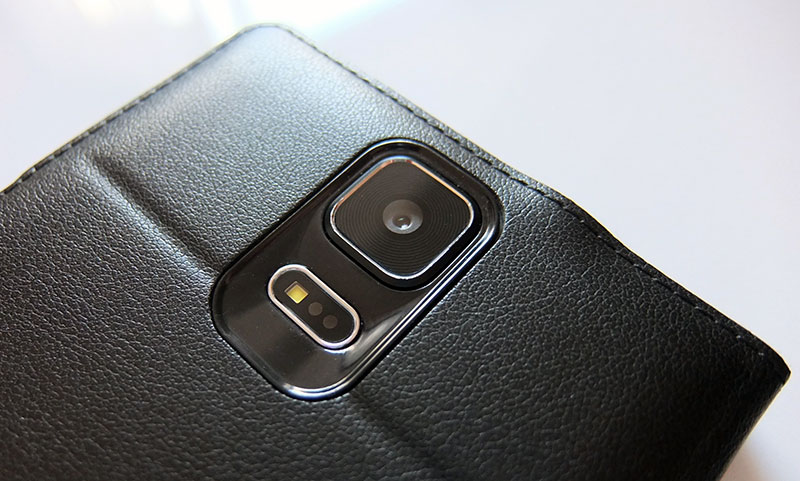
The main camera features a 13.3-megapixel sensor and an f/2.2 aperture. The sensor is not bad, but the relatively slow aperture doesn’t do it any favours. The camera app is nothing spectacular, but it's fast and gets the job done. It can also be launched with a "C" gesture on the lock screen.
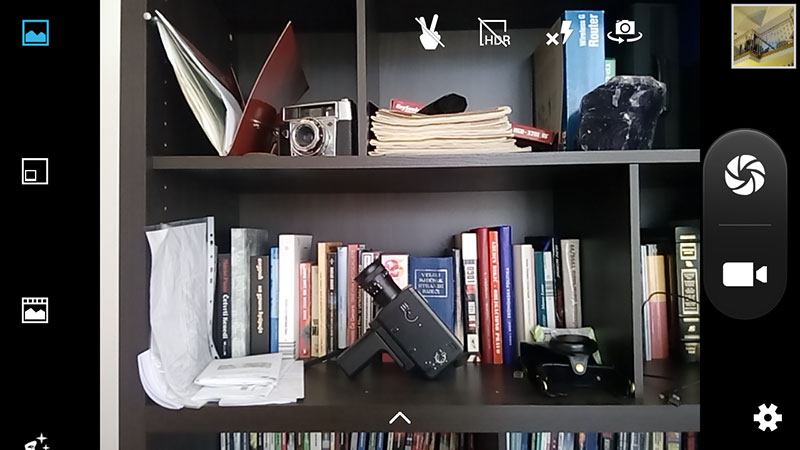
In daylight, the camera produces good results, since the sensor gets a lot of light to play around with. There’s not much to complain about, we’ve seen inferior cameras on much more expensive devices. However, in low light the camera struggles due to the f/2.2 aperture, so you end up with a fair amount of noise. Let's see some day and night indoor snaps.
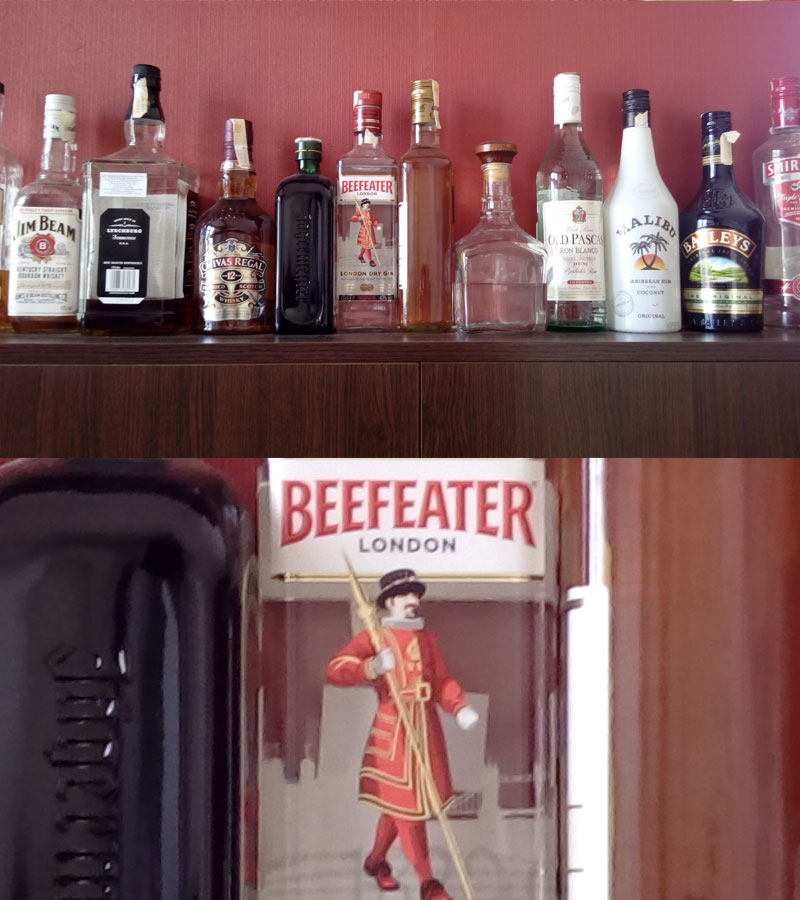
Daylight shots were excellent in terms of detail and noise, as our 100% crop proves. However, the colours aren't very vivid and dynamic range is limited.
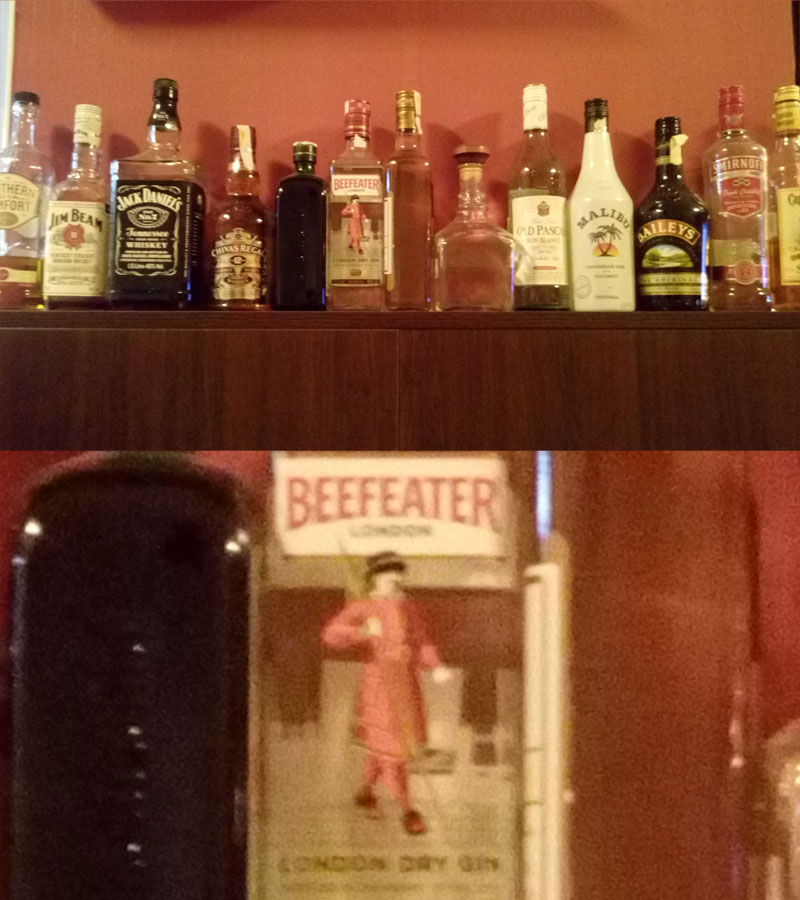
However, once the sun goes down, the slow aperture forces the camera to shoot at high ISO and you end up with a lot of noise and not much in the way of detail.
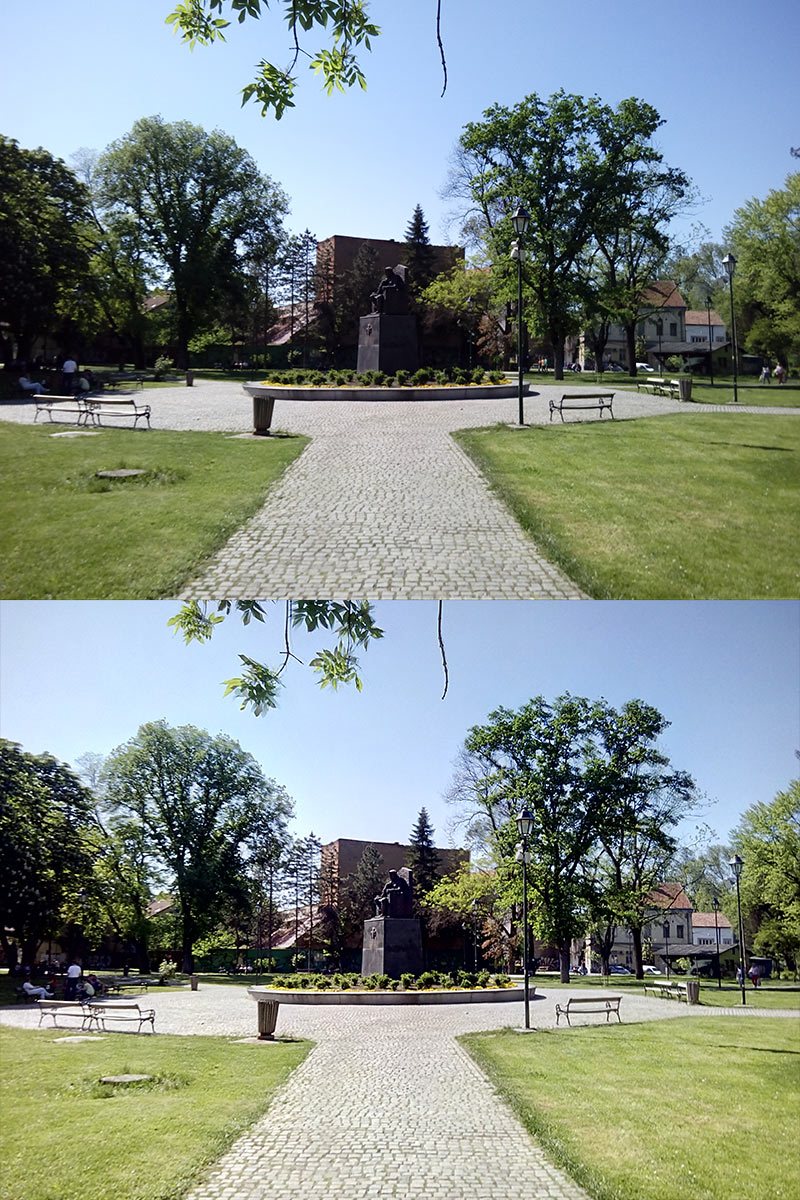
A slow aperture is also not a good thing for HDR. We tried HDR on a sunny day, facing the sun, but even with that much light we ended up with a lot of HDR ghosting. This pretty much renders HDR mode pointless for dynamic scenes, although it can improve quality in some situations (provided you don’t have people walking through the frame, or branches and leaves fluttering in the wind etc.)
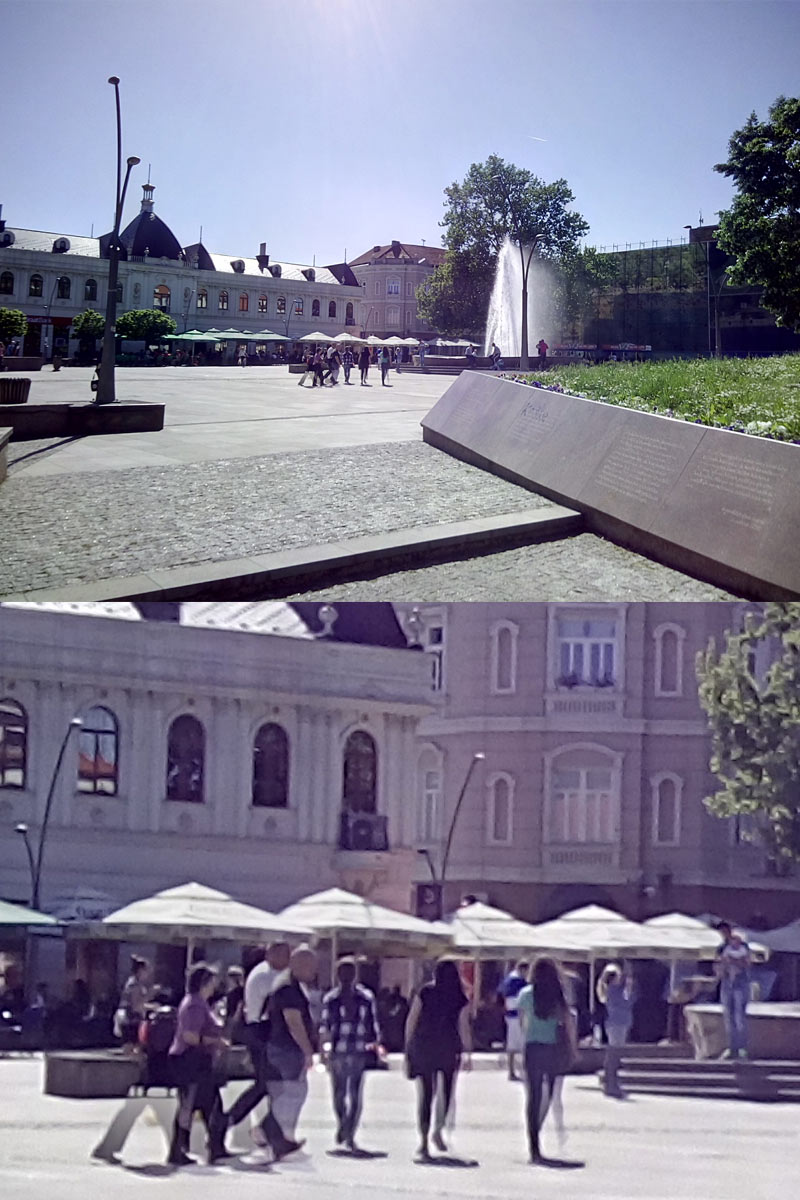
With too much backlight, the camera struggles and captures washed out colours with a blue tint. As you can see, HDR can boost the range, but with a lot of ghosting.
The camera can capture 1080p video in fine mode, but it doesn’t capture much more detail than the 720p mode. In addition, audio is all over the place. Videos end up with a lot of audio noise.
The front camera offers average quality. Image quality is not a problem if a lot of light is available, but once the sun goes down, you’ll end up with a lot of noise.
Overall, the results are quite good for such an inexpensive device. HDR might not work well, low light images suffer from a lot of noise, but your standard snap in daylight looks good.

